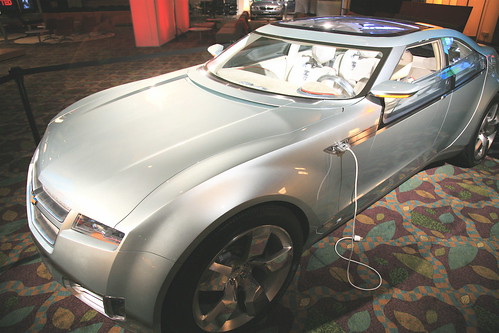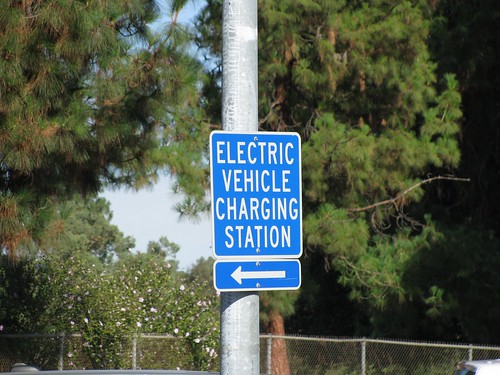Sentience Intelligent Cruise Control Lets You Forget the Pedals Altogether While Driving
Driving would be way more fun if we didn’t have to worry about the whole gas and brake thing, right? Sentience understands this, and their intelligent cruise control means you can finally forget about it.
How it works
Based on route information – which could eventually be integrated with a commercial navigation system – the Sentience vehicle will calculate and follow an optimal driving strategy. Its control system adjusts vehicle speed, acceleration and deceleration via its adaptive cruise control and regenerative braking. Using GPS and mapping data it takes into account the speed limits, traffic conditions, the road’s gradient and features including bends and even speed bumps, as well as less predictable road features including roundabouts, to determine the most efficient possible route.
It’s also keyed in to traffic light timing, so it will automatically start decelerating if it knows the green light you’re approaching is about to turn red. The driver simply keys in a destination, and steers the car without a foot on either pedal, letting the car make the decisions on acceleration and braking. Of course, you’d want to keep your foot close to the brakes to over-ride the system in case of an emergency situation.
The Sentience system also concentrates on getting the most out of hybrid drive systems, by optimizing the regenerative braking strategy for the batteries and increasing the availability of electric-only drive mode where possible.
. Sentience will analyze the best route to get you to your destination, and then will handle all the acceleration and braking for the trip. Using GPS and mapping data, It recognizes roundabouts, speed bumps, corners and even speed limits. Sentience will know when a light is about to turn red and slow down accordingly.
Click here to read more.









